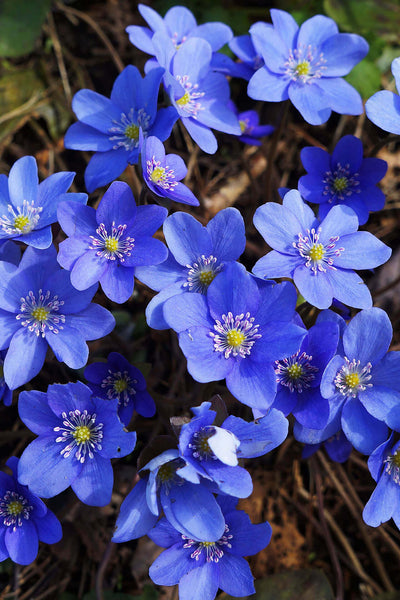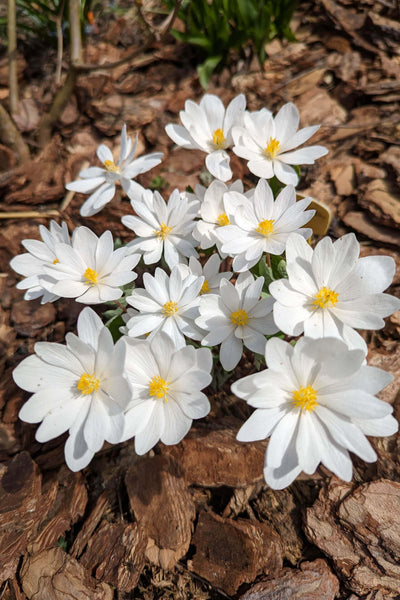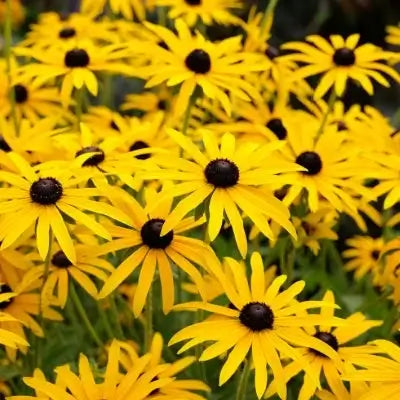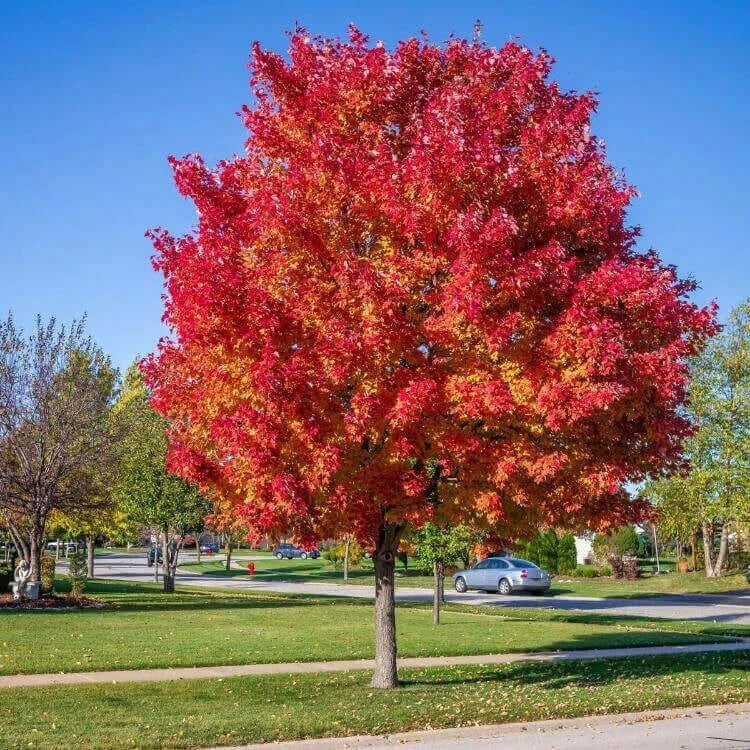
Late-Winter Blooming Native Flowers That Brighten the Coldest Months
Share
Winter’s Resilient Bloomers: Native Flowers That Defy the Frost
Despite the landscape remaining frozen, certain flowers stand out as symbols of beauty and resilience. They flourish through the cold to create colorful displays during the late winter months. Native plants emerge in bloom despite winter conditions, while other gardens remain dormant under frost, acting as early indicators of spring approaching and drawing in pollinators.
The witch hazel (Hamamelis virginiana) is one of the initial native shrubs that bloom when few other plants show signs of life. This plant's spidery yellow-to-orange petals open during late winter while emitting a subtle spicy scent that spreads through the chilly air. Witch hazel stands out among flowering plants because it blooms before developing leaves, creating striking golden ribbons along bare branches. This resilient native plant grows in woodlands near stream banks and requires moist soil with good drainage while thriving under full sun or shaded conditions. The plant becomes an ecological asset through its capacity to draw early pollinators, which makes it an invaluable component of natural landscapes.
Skunk cabbage (Symplocarpus foetidus) is an intriguing native plant in winter habitats. It produces heat to break through snow and ice, displaying its deep maroon protective hood above small yellow flowers. Skunk cabbage appears in wetlands and along riversides and starts blooming in January when temperatures are mild. While skunk cabbage flowers may lack traditional beauty, they fulfill a vital function by providing early nectar to insects that forage in the winter. This native plant produces a strong odor to repel herbivores yet remains essential to wetland ecosystems, where it helps maintain soil stability and offers refuge to small animals throughout winter.
The woodland wildflower hepatica (Anemone americana) is one of the most delicate and determined late-winter bloomers, opening soft blue, lavender, or white blooms when temperatures permit. Hepatica keeps its tough leaves green year-round and captures winter sunlight to produce its early spring flowers. This native species grows in rich, well-drained forest soils and flourishes beneath deciduous tree canopies because it benefits from sunlight filtering through bare branches. The plant's blossoms offer the first nectar for emerging pollinators such as bees and small flies who eagerly anticipate the return of spring. Native plant enthusiasts admire Hepatica's subtle beauty and tenacity because it adds vibrant color to winter's dull landscape.
From Snow to Bloom: Native Wildflowers That Thrive in Late Winter
Native flowers emerge as winter ends to revitalize dormant landscapes into colorful displays. Bloodroot (Sanguinaria canadensis) is a late-winter woodland wildflower with delicate white petals that open in late February or early March. The plant got its name from the red sap flowing from its roots when cut, which Indigenous peoples exploited for dyeing and medical purposes. Bloodroot flowers remain open only when daylight provides warmth but close at night to conserve energy. This native species prospers within moist woodland areas with shade, and its initial flowers draw pollinators before they disappear to reveal the distinctive lobed leaves that stay until summer.
Spring beauty (Claytonia virginica) is a captivating native wildflower that emerges as one of the first to bloom when winter releases its hold. Late winter through early spring sees the emergence of delicate pink and white-striped petals that blanket forest floors with vibrant clusters. This perennial plant flourishes in nutrient-dense loamy soil while spreading through underground tubers, guaranteeing its annual comeback. Spring beauty is an essential food source for native bees, including the specialist Andrena erigeniae, which depends exclusively on its nectar and pollen. This wildflower appearance marks the shift from winter dormancy to spring's abundant growth.
Trailing arbutus (Epigaea repens) is a distinctive but frequently ignored winter flowering plant because of its low-growing evergreen form that produces clusters of pale pink fragrant flowers during the late winter months. This native woodland wildflower remains hidden among rotting leaves and moss until its fragrant aroma reveals its presence in the chill forest air. Trailing arbutus grows best in acidic soil, which drains well and shaded forest environments where its foliage develops into matted layers to prevent soil erosion. The plant supplies initial nourishment to pollinators through its delicate yet charming flowers, which secures its role in the cycle of renewal, marking winter's transition to spring.
Cold-Hardy Color: Native Flowers That Signal Winter’s Last Breath
The last weeks of winter bring forth vibrant blooms that mark nature's shift from cold to spring warmth. The rare native wildflower snow trillium (Trillium nivale) stands out among late-winter blooms by appearing before winter's final snow has melted. This plant's white petals and golden center stand out against the brown forest floor while signaling the start of the growth cycle. The snow trillium favors well-drained woodland soils and grows best in undisturbed habitats, which creates a sought-after opportunity to witness its ephemeral beauty.
Golden ragwort (Packera aurea) is a stunning native wildflower that provides bright yellow blossoms to shaded forest areas starting in February. The brilliant colors of its flowers create striking contrasts with the subdued winter palette while drawing early pollinators and infusing the scene with essential warmth. Golden ragwort commonly grows in moist environments like stream banks and wet meadows. Golden ragwort stands out because its foliage remains green and healthy throughout all seasons, providing aesthetic texture and contrast when its flowers vanish.
In areas with warmer climates, the familiar blue violet from the violet family starts to bloom during late winter, making it one of the earliest plants to flower. This plant's rich purple petals and heart-shaped leaves push through thawing soil to revitalize gardens and natural landscapes. The native plant flourishes across different environments, including shaded forests and exposed fields, thus providing crucial nourishment for pollinators such as fritillary butterflies whose larvae consume its leaves.
Though late winter flowers do not match spring's colorful abundance, they hold their significance. Native plants show their strength when they bloom during difficult seasons and mark the start of nature's renewal during harsh conditions. The persistence of life through their resilience proves that existence continues in harsh cold times while paving the way for the colorful renewal to follow.













